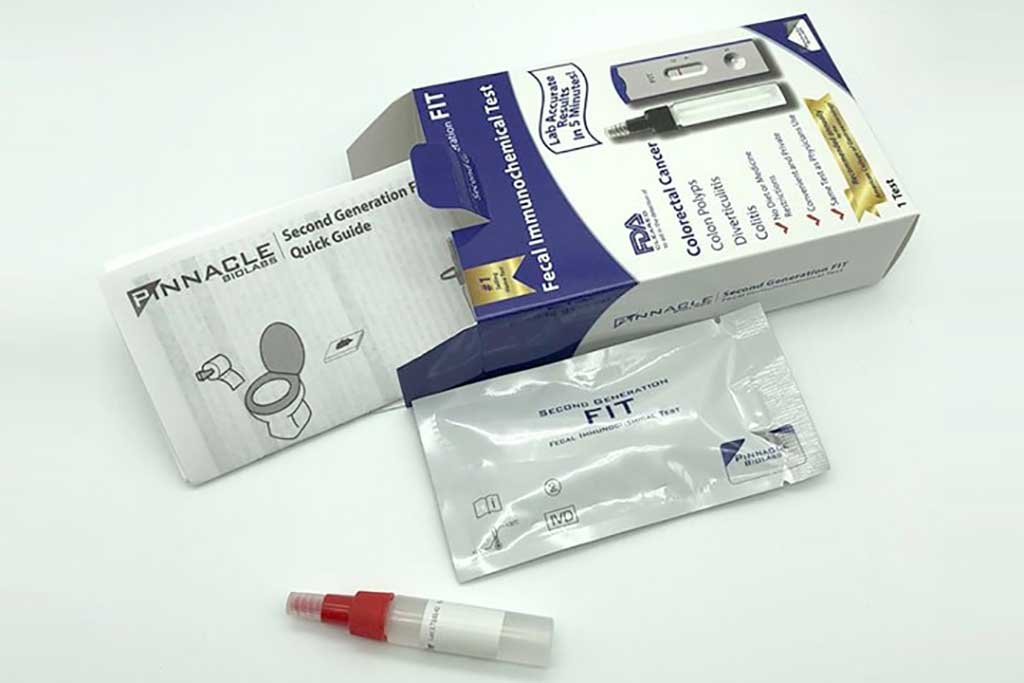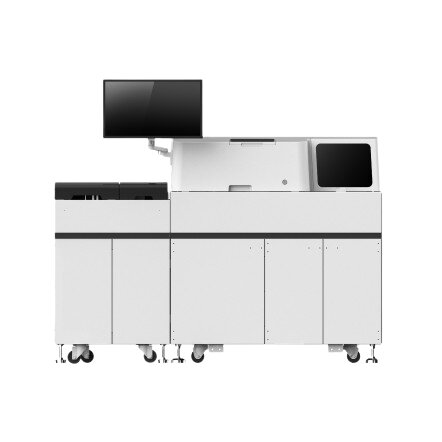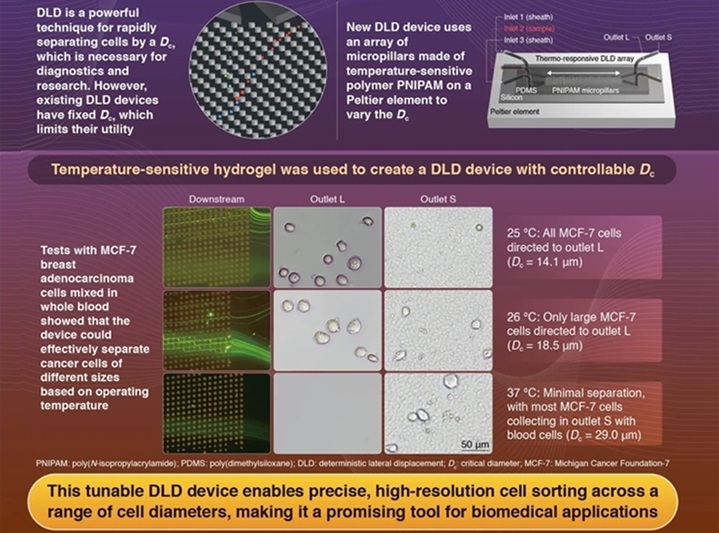Triple FIT Surpasses Single Sigmoidoscopy in CRC Screening
By LabMedica International staff writers
Posted on 10 Dec 2020
Colorectal cancer (CRC) almost always develops from precancerous polyps (abnormal growths) in the colon or rectum. Screening tests can find precancerous polyps, so that they can be removed before they turn into cancer. Screening tests can also find colorectal cancer early, when treatment works best.Posted on 10 Dec 2020
Screening tests for CRC includes colonoscopy, sigmoidoscopy and fecal immunochemical testing (FIT). The FIT tests for hidden blood in the stool, which can be an early sign of cancer. FIT only detects human blood from the lower intestines. Medicines and food do not interfere with the test. so it tends to be more accurate and have fewer false positive results than other tests.

Image: Triple fecal immunochemical testing (FIT) surpasses single sigmoidoscopy in colorectal cancer (CRC) screening (Photo courtesy of Pinnacle Biolabs).
Medical scientists at the Cancer Registry of Norway (Oslo, Norway) and their associates randomly invited during 2012 to 2018, residents in two areas of South-East Norway in the 50-to-74 age group to undergo either once-only flexible sigmoidoscopy or FIT screening every 2nd year for a maximum of four years. The last sigmoidoscopy was performed in 2019. Colonoscopy was recommended if sigmoidoscopy found any polyp that was at least 10 mm, three or more adenomas, any advanced adenomas, or CRC; or if FIT found blood in the stool at a threshold of more than 15 µg hemoglobin/g feces. The study assigned 69,195 participants to sigmoidoscopy and 70,096 to FIT. The median age at initial invitation was 63.3 years in the sigmoidoscopy group and 62.2 years in the FIT group. Ultimately, a total of 44,016 people (63%) were included in the analyses of three cumulative FIT rounds.
The investigators reported that participation rate was 52% for sigmoidoscopy, 58% in the first FIT round and 68% for three cumulative FIT rounds. Compared to sigmoidoscopy, detection rate for CRC was similar in the first FIT round (0.25% versus 0.27%, odds ratio [OR] 0.92), but higher after three FIT rounds (0.49% versus 0.27%, OR 1.87). Advanced adenoma detection rate was lower in the first FIT round compared to sigmoidoscopy, 1.4% versus 2.4% (OR 0.57), but higher after three cumulative FIT rounds, 2.7% versus 2.4% (OR 1.14). There were 33 (0.05%) serious adverse events in the sigmoidoscopy group compared to 47 (0.07%) in the FIT group.
The authors concluded that participation was higher and more CRC and advanced adenomas were detected with repeated FIT compared to sigmoidoscopy. The study was published on November 20, 2020 in the journal Gastroenterology.
Related Links:
Cancer Registry of Norway













